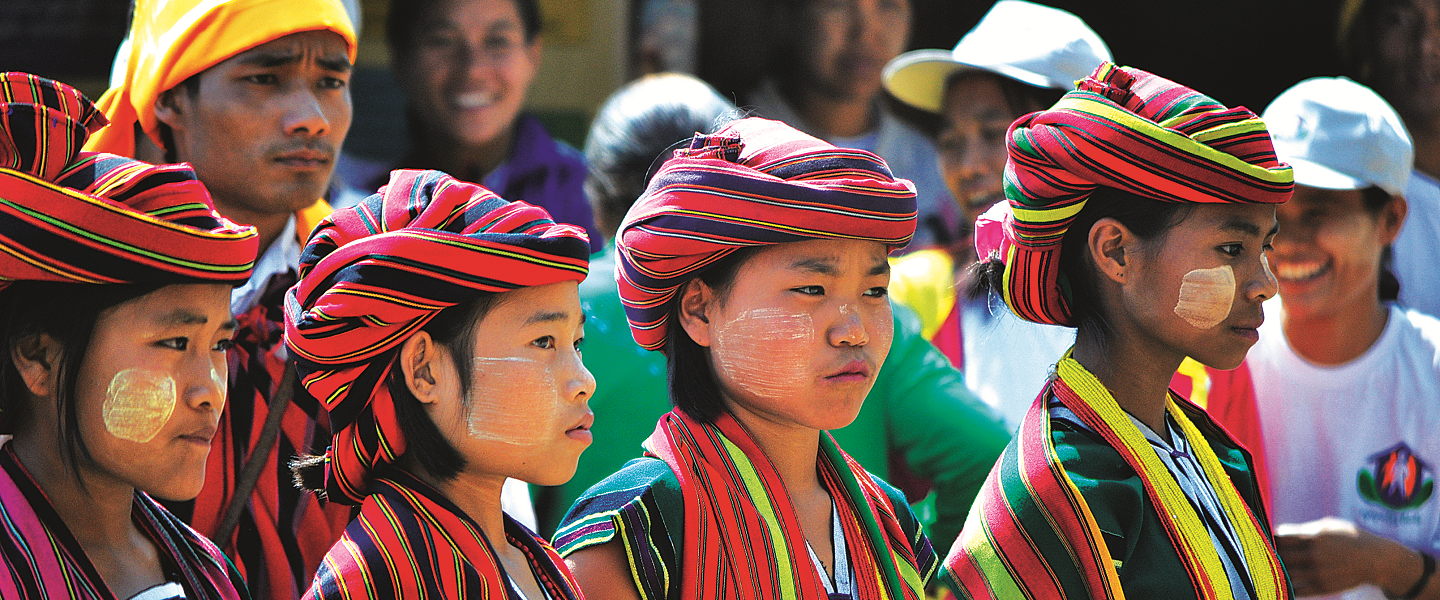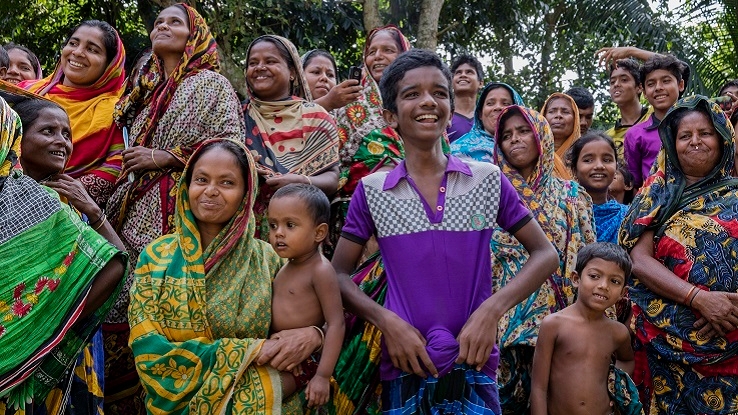Indigenous Peoples are distinct social and cultural groups that share collective ancestral ties to the lands and natural resources where they live, occupy or from which they have been displaced. The land and natural resources on which they depend are inextricably linked to their identities, cultures, livelihoods, as well as their physical and spiritual well-being. They often subscribe to their customary leaders and organizations for representation that are distinct or separate from those of the mainstream society or culture. Many Indigenous Peoples still maintain a language distinct from the official language or languages of the country or region in which they reside; however, many have also lost their languages or on the precipice of extinction due to eviction from their lands and/or relocation to other territories, and in. They speak more than 4,000 of the world´s 7,000 languages though some estimates indicate that more than half of the world's languages are at risk of becoming extinct by 2100.
There are an estimated 476 million Indigenous Peoples worldwide. Although they make up just 6 percent of the global population, they account for about 19 percent of the extreme poor. Indigenous Peoples’ life expectancy is up to 20 years lower than the life expectancy of non-Indigenous Peoples worldwide. Indigenous Peoples often lack formal recognition over their lands, territories and natural resources, are often last to receive public investments in basic services and infrastructure and face multiple barriers to participate fully in the formal economy, enjoy access to justice, and participate in political processes and decision making. This legacy of inequality and exclusion has made Indigenous Peoples more vulnerable to the impacts of climate change and natural hazards, including to disease outbreaks such as COVID-19.
Indigenous Peoples manage or hold tenure rights to approximately a quarter of the world’s surface area, overlaying a significant portion of the world’s biodiversity, almost half of the of the earth’s protected areas and a significant proportion of the planet’s most ecologically intact landscapes. Studies also reveal that forestlands under collective IPs and local community stewardship hold at least 1/4 quarter of all tropical and subtropical forest above-ground carbon. They hold vital ancestral knowledge and expertise on how to adapt, mitigate, and reduce climate and disaster risks.
Much of the land occupied by Indigenous Peoples is under customary ownership, yet many governments recognize only a fraction of this land as formally or legally belonging to Indigenous Peoples. Even when Indigenous territories and lands are recognized, protection of boundaries or use and exploitation of natural resources are often inadequate. Insecure land tenure is a driver of conflict, environmental degradation, and weak economic and social development. This threatens cultural survival and vital knowledge systems – loss in these areas increasing risks of fragility, biodiversity loss, and degraded One Health (or ecological and animal health) systems which threaten the ecosystem services upon which we all depend.
Improving security of land tenure, strengthening governance, promoting public investments in quality and culturally appropriate service provision, and supporting Indigenous systems for resilience and livelihoods are critical to reducing the multidimensional aspects of poverty while contributing to sustainable development and the Sustainable Development Goals (SDGs). The World Bank works with Indigenous Peoples and governments to ensure that broader development programs reflect the voices and aspirations of Indigenous Peoples.
Over the last 30 years, Indigenous Peoples’ rights have been increasingly recognized through the adoption of international instruments such as the United Nations Declaration on the Rights of Indigenous Peoples (UNDRIP) in 2007, the American Declaration on the Rights of Indigenous Peoples in 2016, the Regional Agreement on Access to Information, Public Participation and Justice in Environmental matters in Latin America and the Caribbean (Escazú Agreement) in 2021 and the Indigenous and Tribal Peoples Convention from 1991. At the same time, global institutional mechanisms have been created to promote Indigenous peoples’ rights such as the United Nations Permanent Forum on Indigenous Issues (UNPFII), the Expert Mechanism on the Rights of Indigenous Peoples (EMRIP), and the UN Special Rapporteur on the Rights of Indigenous Peoples (UNSR).
Last Updated: Apr 06, 2023




